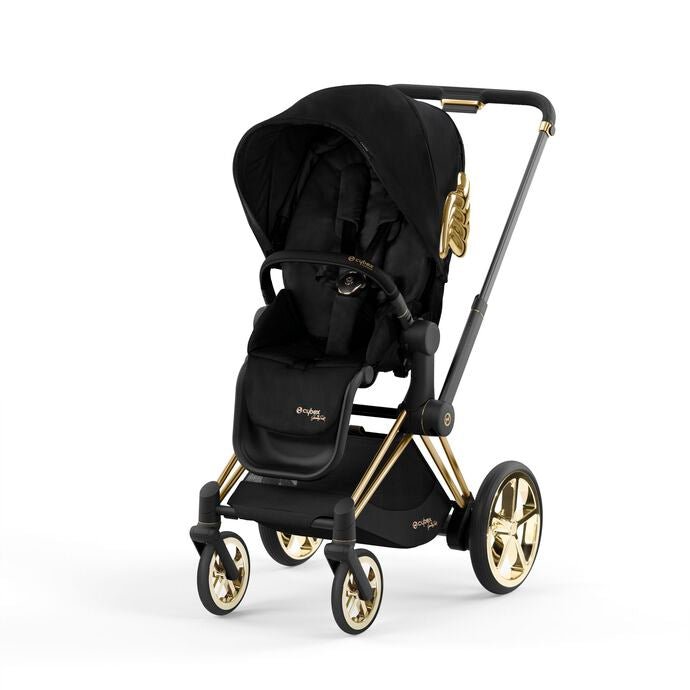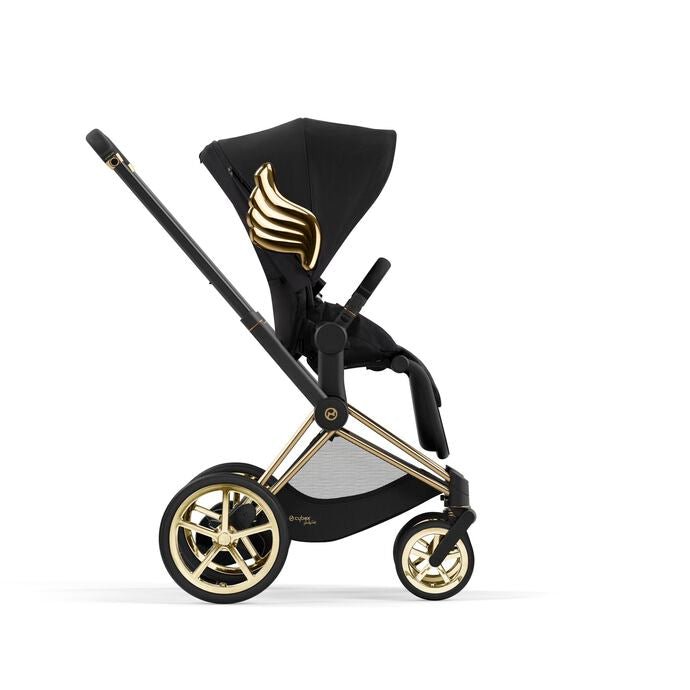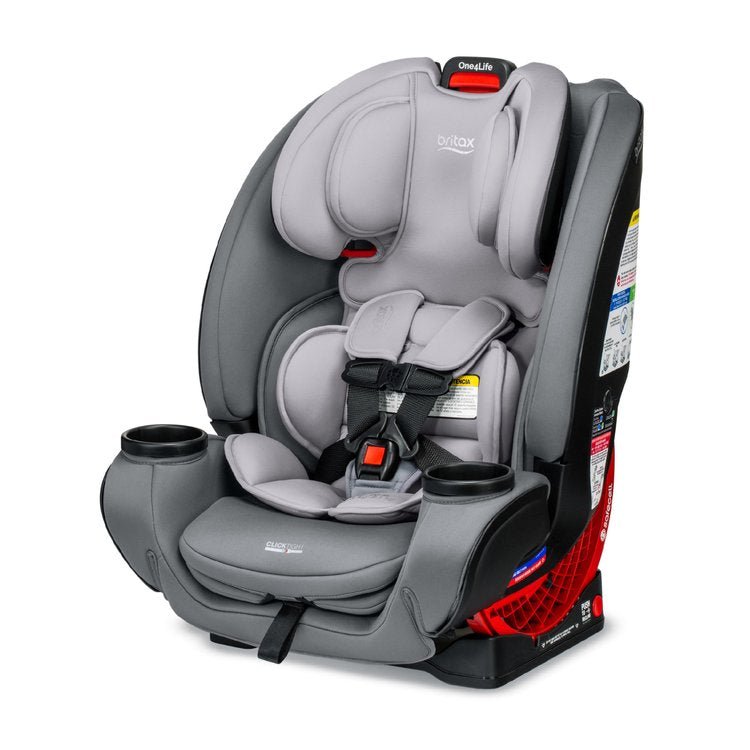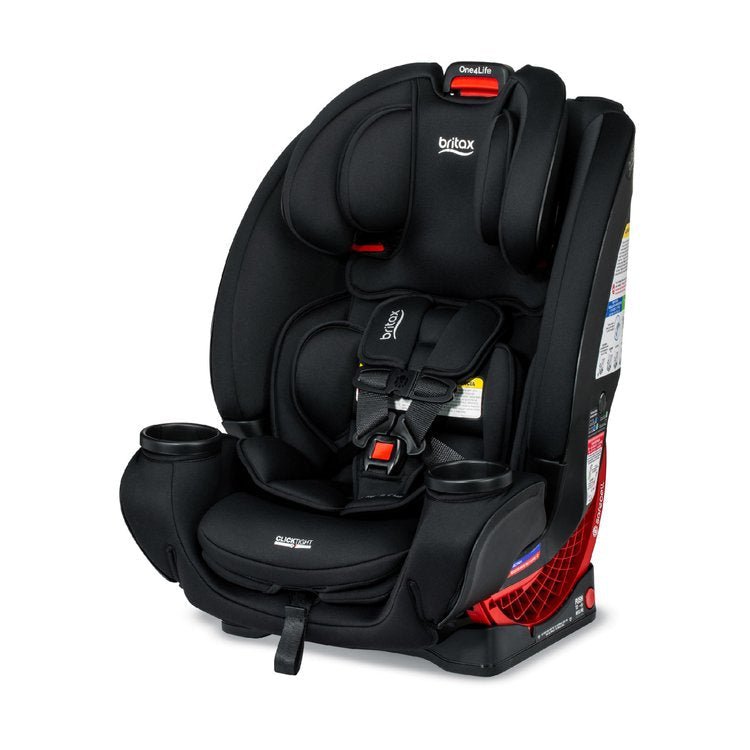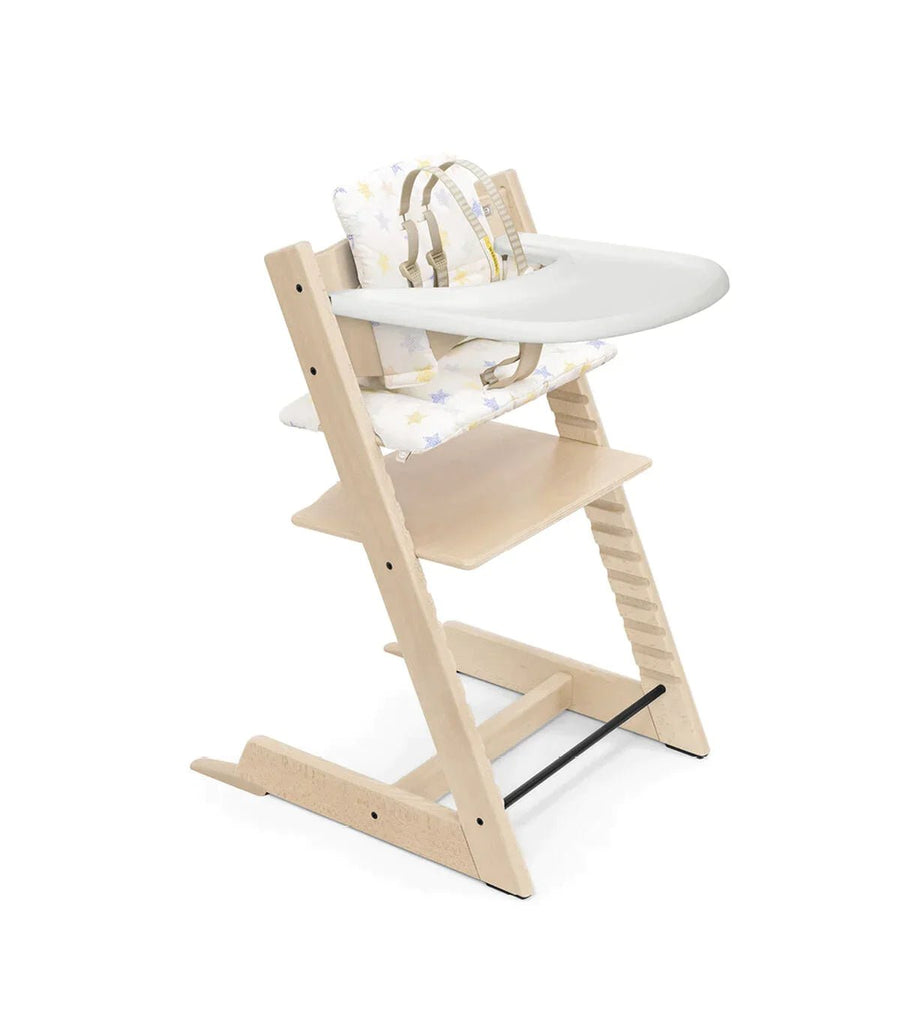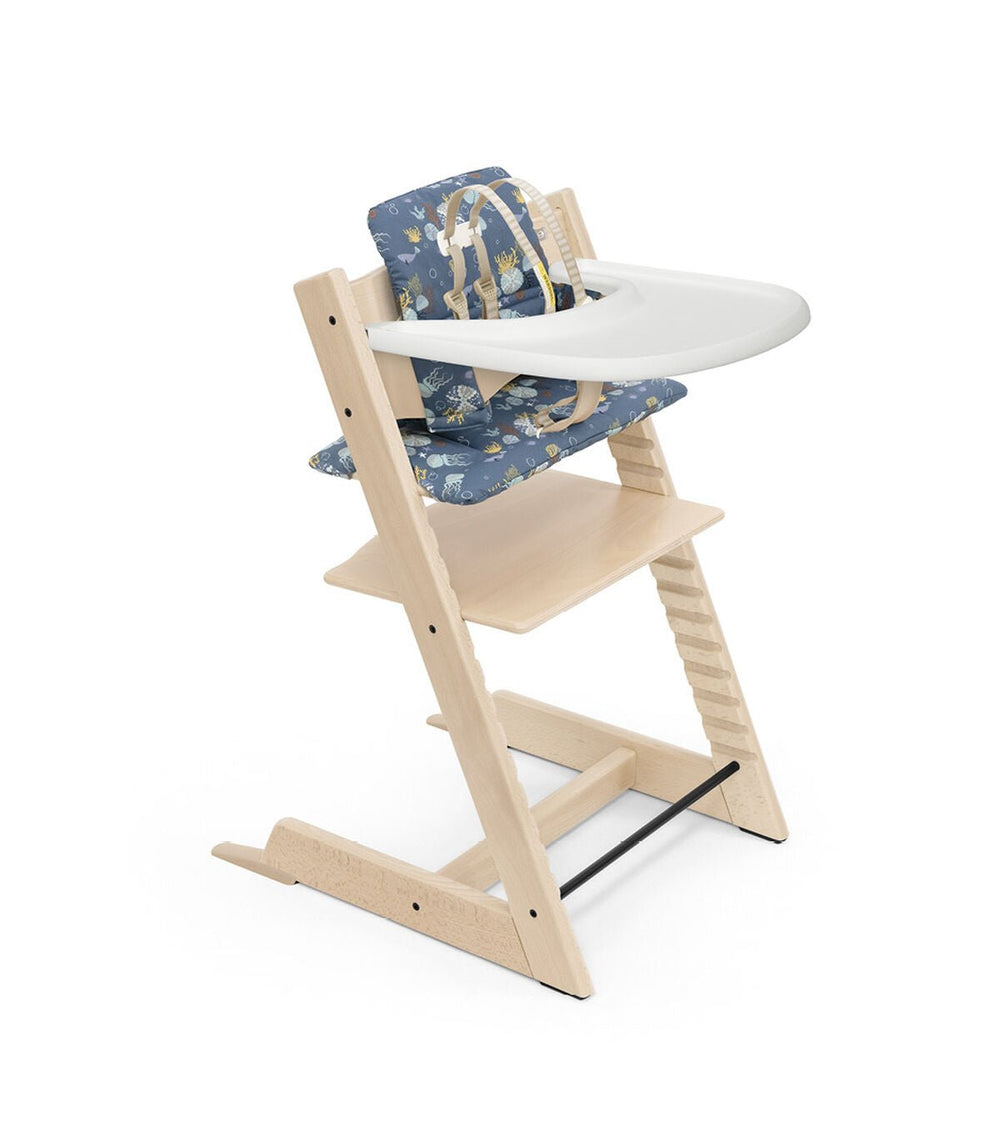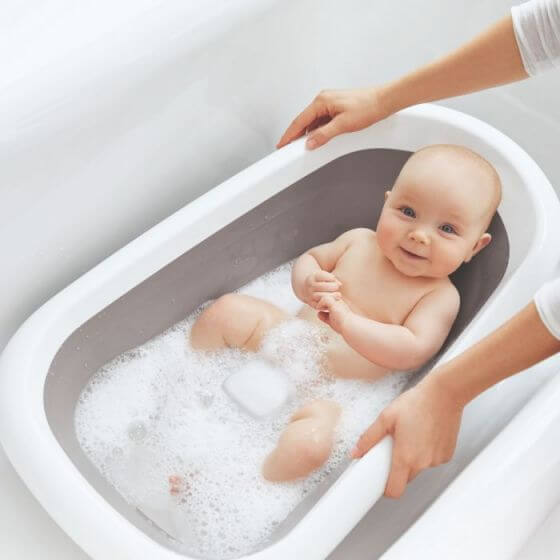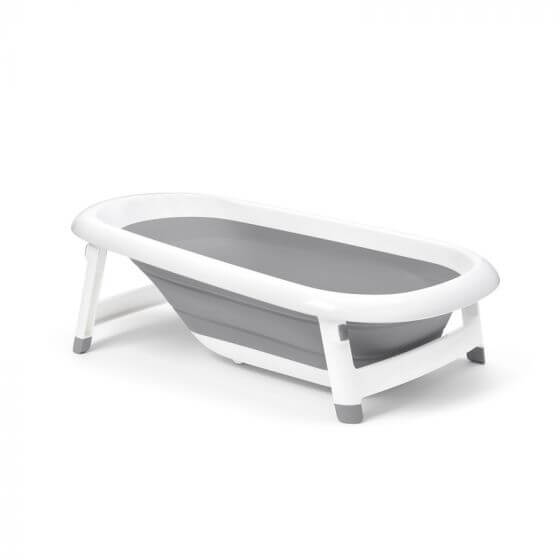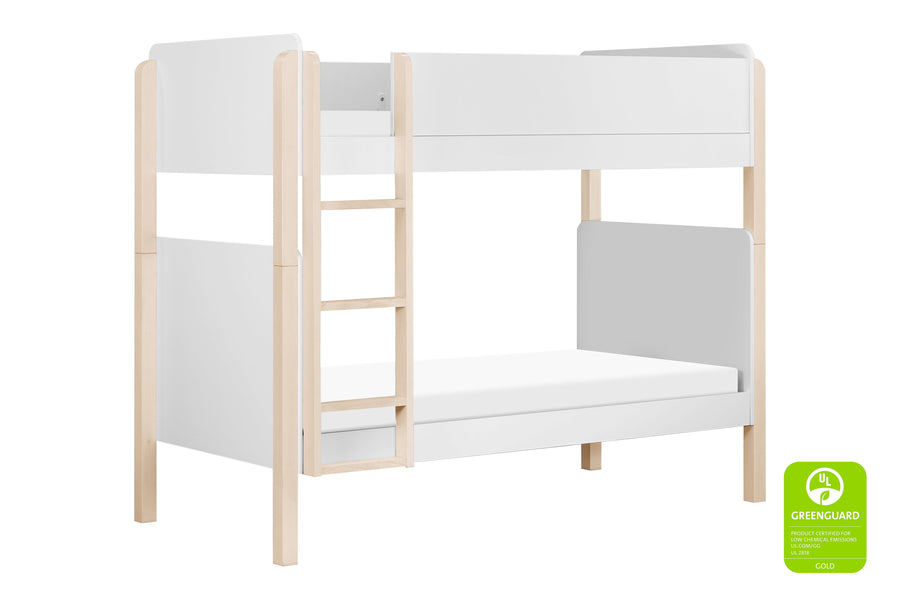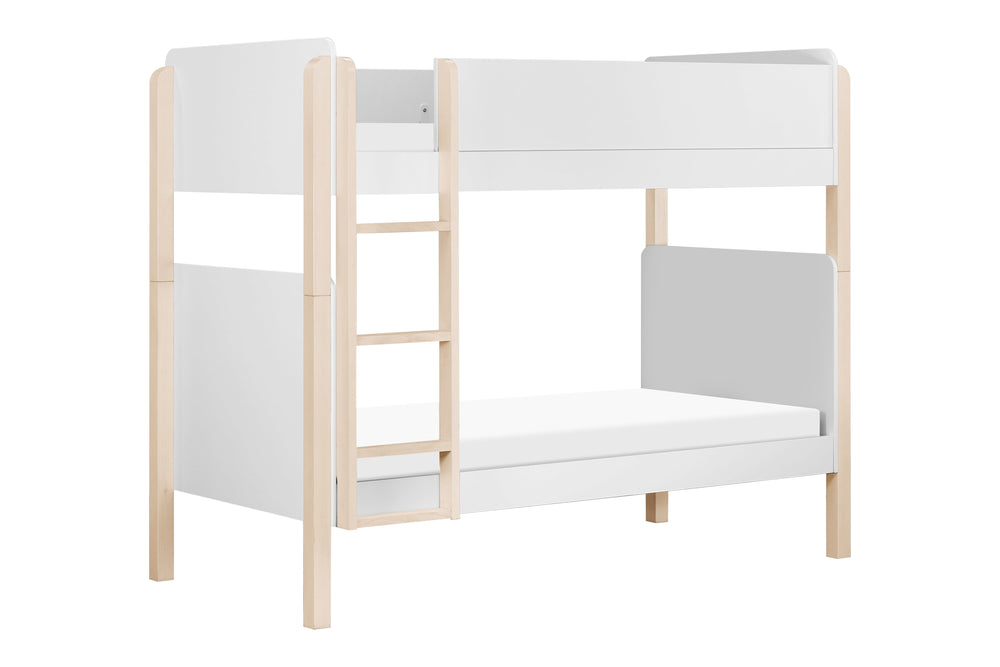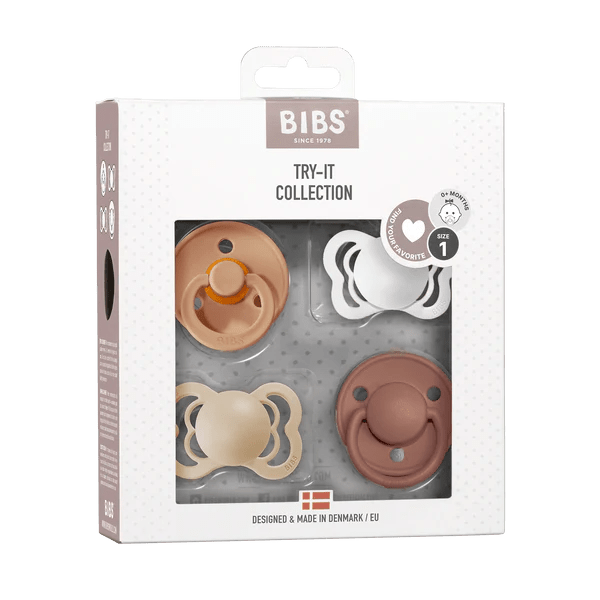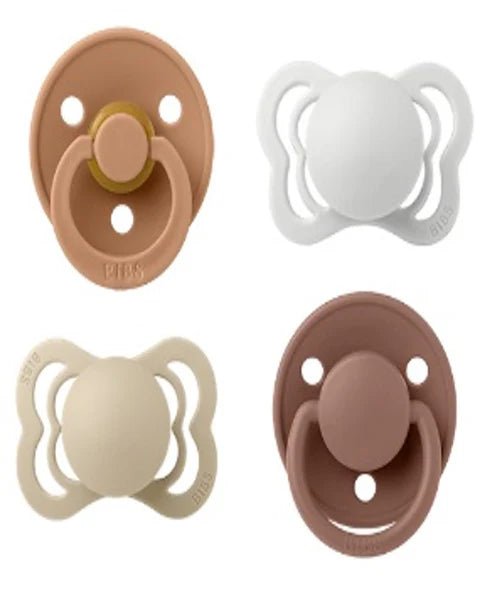In a market with many pacifiers to choose from, it can be confusing. Parenting is a great journey.
However, this journey can also be stressful for new parents who are unsure about which products are the best fit for their baby.
When it comes to nipples no size or shape is right or wrong because all babies are different.
When using a pacifier, it's important to try out different shapes and sizes to find the perfect fit for your baby.
This is why BIBS launches the BIBS Try-it-Collection.
In this collection, you will have a pacifier from 4 different categories (Colour, De Lux, Supreme, and Couture), with a selection of all nipple types (Round, Symmetrically, and Anatomically) and materials (Natural Rubber Latex and Silicone).
For you and your baby to test and find your preferred BIBS pacifier.
For hygienic reasons, we recommend replacing pacifiers every 4-6 weeks.
FOR YOUR BABY's SAFETY :
Do always inspect the product carefully before each use.
Especially when the baby has teeth. Pull the pacifier in all directions. Discard it at the first sign of damage or weakness.
Only use dedicated pacifier holders tested to EN 12586.
Never attach other ribbons or cords to a pacifier, your baby may be strangled by them.
The pacifier is not allowed to be stored in direct sunlight.
HOW TO CLEAN YOUR PACIFIERS?
We often get inquiries from parents who have doubts about how to clean the pacifiers.
There are a lot of more or less qualified advice on how and how often you clean pacifier - so it is with good reason if you feel confused.
We will review how to properly clean the pacifiers, how often they need to be cleaned, and finally kill a couple of swaying myths about cleaning pacifiers.
Care Instructions:
Sterilize each pacifier before use.Bring water to a boil and pour boiling water over pacifiers.
Let the pacifiers soak for approx. 5 minutes.
Pick them up and let them dry.
The pacifier nipples may retain water, simply squeeze the nipple to release and lay to cool and dry for 3-4 hours.
If the pacifier shows any irregularities, we recommend that you discard it right away.
Due to our pacifiers being made with natural rubber, the nipple may expand with use.
HOW TO STERILIZE THE PACIFIERS :
When cleaning the pacifier, just follow these four simple steps:
- Put the pacifiers in a clean bowl
- Pour them with boiling water
- Let the pacifiers soak for approx. 5 min.
- Pick them up and let them dry
The vast majority of pacifiers are with valve. If the nipple has a valve, be sure to squeeze excess water out of the seat part when the nipple is sufficiently cooled.
TIP: When the child is over 3 months old, you can also rinse the pacifier by placing them in a sieve and pouring them with boiling water.
This method is partly faster and partly avoids water collecting inside the seat part.
Caution! We often receive inquiries from parents who have followed the National Board of Health's recommendation to cook the pacifier for 5 minutes before first use and daily afterwards. The result is broken pacifiers.
DO NOT COOK.
They are not meant to be boiled and are therefore destroyed by the high heat.
Instead, follow the instructions above, and you are sure to kill the bacteria without compromising the durability of the pacifier.
HOW OFTEN SHOULD I CLEAN THEM?
Part of good sucking hygiene is the frequent cleaning of the pacifiers.
The younger the child, the more important it is to protect it from bacteria and to maintain good pacifier hygiene.
This is due, among other things, to the fact that the child's immune system has not yet managed to get acquainted with quite a number of different bacteria, and therefore also will not have learned to "defend" against them yet.
Premature infants and babies up to 3 months need more thorough and frequent cleaning than babies over 3 months of age.
Therefore, the pacifier must be cleaned more often when the child is under 3 months.
0-3 months: The pacifier must be scaled every time it has been on the floor. In addition, the pacifier must be scalded at least once a day. 3+ months: Rinse the pacifier once a day and rinse it under the cold tap if it has been on the floor.
Shipping:
- Free in-store pick-up within 24 hours.
- Free shipping in Canada on orders over $99.99 (exceptions apply).
- No international shipping.
- Remote areas (Yukon, Nunavut, etc.) and certain postal codes may incur shipping fees.
- Out-of-province orders ship only to the billing address.
Order Cancellation:
- Email within 12 hours to cancel; no cancellations once shipped.
Damaged Products:
- Report damage within 5 days with photos and receipt.
Returns:
- 30-day return/exchange window for unused items in original packaging.
- Online purchases can be returned in-store.
- Refunds issued to the original payment method (2–4 business days).
- Final sale items (car seats, breast pumps, diapers, etc.) are non-returnable.
Gifts & Registry:
- Exchange only (in-store credit) with gift receipt.
